table of contents:
Using a sewing machine requires a good grasp of tension adjustment . This is the secret to achieving even, strong, and aesthetically perfect seams. Improperly adjusted tension can result in loose threads, unwanted puckering, or a messy appearance. Whether the upper thread is too loose or the bobbin thread is too tight , each imbalance has a direct impact on the quality of your work. Learning how to balance the sewing machine tension setting is therefore essential for any successful sewing project.
Understanding Thread Tension: The Key to Perfect Sewing
Imagine the two threads on your sewing machine (the upper needle thread and the lower bobbin thread) dancing in harmony. It's their invisible "handshake" that sets the tension. Proper balance is crucial for strong , beautiful seams. Without this sewing machine tension adjustment, even the most carefully crafted project can fail.
What is tension adjustment on a sewing machine?
Tension is the force exerted on the two threads so that they cross in the middle of the fabric. The upper thread passes between discs adjustable via a wheel (usually between 3 and 5), while the lower thread , in the bobbin, is often pre-set at the factory. The tension adjustment of a sewing machine is therefore an invisible stitch allowing each thread to remain confined to its side of the fabric.
Why is good tension crucial to the quality of your seams?
Improperly adjusted tension turns a creative project into a disappointment. A simple oversight or incorrect adjustment of the sewing machine tension can compromise the quality of your sewing . Here are the consequences to avoid:
- Loose stitches : The stitching comes apart, especially under stress.
- Stitches too tight : The fabric puckers.
- Thread breakage : Excessive tension that breaks the thread.
- Unsightly appearance : Unsightly curls that appear.
Proper adjustment of the tension on your sewing machine is therefore essential.
How to recognize a perfectly balanced seam?
The sweet spot is clear: on the right side of the fabric , only the top thread is visible; on the wrong side, only the bobbin thread appears. The threads form an invisible knot in the heart of the fabric. If you see loops or overly tight threads , adjust your settings and always test on a scrap of fabric before a project.

Diagnosing a blood pressure problem: the signs that don't lie
Incorrectly adjusted thread tension is responsible for 80% of sewing errors , so you need to learn to identify the symptoms to avoid uneven seams or broken threads.
Symptom #1: Upper thread tension is too loose
Do you notice thread loops on the underside of the fabric ? This means the top thread is not tight enough . Tighter bobbin thread will pull it downwards and create unsightly bumps . This problem is common among beginners, especially with fine fabrics .
Symptom #2: Upper thread tension is too tight
If the bobbin thread appears on the right side of the fabric or if the fabric puckers , this is a sign that the upper thread tension is too tight. This tension will force the lower thread to rise and alter the regularity of the stitches . This often happens with thick fabrics or threads that are too fine .
The quick diagnostic table for your voltage adjustment
|
Visual symptom (what I see) |
Diagnosis of the problem |
Solution to apply |
|
Loops of thread appear UNDER the fabric |
Upper thread tension too LOW |
Increase the upper thread tension (turn the dial to a higher number) |
|
The bobbin thread is visible ON the fabric |
Upper thread tension too STRONG |
Decrease the upper thread tension (turn the dial to a smaller number) |
|
The seam is flat and identical on top and bottom |
PERFECT Tension |
Don't touch anything and sew! |
Sewing machine tension settings also depend on the type of fabric (synthetic vs. cotton) and thread (polyester vs. silk). Always test your settings on a scrap piece of fabric before starting. An ideal tension between 3 and 5 is suitable for most common projects.
For your sewing projects, choose quality threads and fabrics. You'll find everything you need at Verotex.
The step-by-step guide to adjusting the upper thread tension
Step 1: Locate and understand the tension dial
The tension dial is usually located at the front or top of the machine. Its role is to control the two discs between which the thread passes. A higher number indicates tighter tension (tight thread), while a lower number indicates looser tension (loose thread). The standard setting is often between 3 and 5. Don't underestimate this step, as misunderstanding this dial is the main cause of uneven stitches.
Step 2: Always test on a scrap of your fabric
Rookie mistakes are costly: Adjusting tension directly on your project can ruin hours of work . Use a scrap of the same fabric and thickness. Here's a little-known trick that works very well: Thread the needle with a different color thread than the bobbin to instantly identify which thread is causing the problem. This technique saves you valuable time by avoiding frustrating touch-ups .
Step 3: Adjust the voltage step by step
Never make sudden adjustments , as this will make the problem worse. If loops appear under the fabric, increase the tension one notch (e.g., 4 → 5), and if the bobbin thread rises to the surface, decrease it one notch (e.g., 4 → 3). Sew a test line after each adjustment.
A recent study shows that 78% of tension problems can be resolved in this way, without complex manipulations.
The case of electronic machines with "Auto" setting
The "Auto" modes are a great starting point , especially for standard fabrics . However, they do not compensate for specific combinations (elastic thread + thick fabric, for example).
Proper sewing machine tension adjustment sometimes requires minimal manual adjustment , even with these technologies. Don't blindly rely on electronics and always remember to check on a sample .
At Verotex, you can find various models of machines with an "auto" mode. Choose from several high-performance devices.

Tailor the voltage setting to your specific projects
Straight, zigzag or decorative stitch: which setting should you choose?
For zigzag or wide decorative stitches, it is recommended to slightly lower the upper thread tension . This prevents the fabric from puckering and allows the lower thread to wrap better on the reverse side.
A straight stitch generally requires a higher tension (between 3 and 5). If the bobbin thread is visible on the right side, reduce the tension , but if the top thread is visible on the wrong side, increase it . Always test on a scrap of fabric before starting to avoid adjustments during sewing.
The influence of fabric and thread type
Thin fabrics , such as silk and voile, require a lower sewing machine tension setting to avoid distortion . Thick fabrics, such as denim and canvas , require slightly higher tension for optimal needle penetration.
Thick threads require less tension than thin threads . Polyester thread may also require adjustments compared to cotton thread , depending on the elasticity of the fabric . For example, stretch fabrics often require less tension to maintain their elasticity.
Special techniques: gathering fabric and sewing with a double needle
To gather, decrease the tension to 1 or 2 and lengthen the stitch as much as possible. This creates loose stitches that are easy to pull to form harmonious gathers . Another effective tip is to use two identical threads to avoid imbalances.
When hemming with a twin needle , a bulge between the lines indicates insufficient top tension . Increase it slightly to balance the bobbin thread and avoid unsightly bumps. Remember to check the threading carefully to avoid crossed threads.
Adjusting bobbin tension: a last resort operation
Bobbin thread tension rarely needs to be adjusted. Calibrated at the factory , it works with most fabrics and threads. Only intervene if loops , tight or loose stitches persist despite checks on the upper thread , threading, cleanliness of the machine and the condition of the needle.
When should you really touch bobbin tension?
This exceptional adjustment is only necessary after exhausting the upper tension adjustments (dial 0-9). Signs of a problem include loops under the fabric , broken threads , or uneven stitches . A careful inspection of the machine is essential before any manipulation.
Adjusting a vertical can (with metal case)
For a vertical can , the adjustment screw is located on the side of the metal housing. Use a small screwdriver for slight adjustments and test with the "yo-yo" method. :
- Insert the can into its housing.
- Hold the case by the wire and shake lightly.
- If it drops and then stops, it means the tension is correct . If it drops, tighten the screw, but if it doesn't move, loosen it.
Adjusting a horizontal can (drop-in)
For a horizontal bobbin , remove the needle plate and black plastic housing to access the side screw. You may not remember the initial setting , so be sure to take a picture before adjusting the bobbin.
Turn the screw slightly to the right to tighten and to the left to loosen. A slight resistance when pulling the wire confirms proper tension .

Beyond tension: other avenues to explore in case of a problem
Every machine is unique: the importance of your user manual
The voltage ranges indicated (3-5) are general guidelines. If you have an older mechanical machine , be aware that it reacts differently from a modern electronic model . Always consult your user manual , as it is the ultimate reference for understanding the specifics of your device.
If you've lost it, you can always check the manual online by searching for your make and model. These guides explain threading , available stitches , and adjustments for your machine.
Do not confuse thread tension with presser foot pressure
Tension manages the balance between upper and lower threads, while presser foot pressure controls how tightly the fabric is held against the feed dogs . Improperly adjusted pressure can cause uneven stitches, especially on thin (too much pressure) or thick (too little pressure) fabrics. Check this setting if you notice puckering or fabric slippage while sewing.
The checklist of usual culprits before touching the settings
Don't immediately think about adjusting your sewing machine's thread tension , as other factors may be causing the problem . Always check these points to determine the source of the machine's malfunction :
- Is the machine threaded correctly? Rethread the upper and bobbin threads completely. Improperly positioned thread often causes loose stitches.
- Is the needle in good condition and suitable? A bent needle or one that is not suitable for the fabric will cause skipped stitches . Test the machine with a new needle .
- Is the machine clean? Clean the tension discs and the bobbin area , as dust interferes with the thread flow.
- Is the thread good quality? Low-quality thread can be uneven. Choose reliable brands and match its thickness to the project.
If you're having trouble diagnosing the problem , Verotex professionals can help. Don't hesitate to contact our sewing machine repair and maintenance service.
Mastering your sewing machine tension is essential for flawless seams . Always test on a scrap of fabric , adjust the dial according to symptoms and adapt it to the stitches and materials. If there is a problem, check the bobbin , needle or cleaning . Practice and attention guarantee every successful stitch!

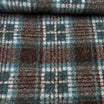
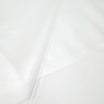

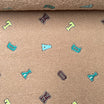
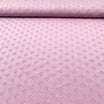
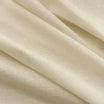






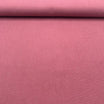
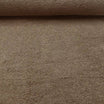

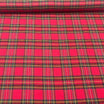


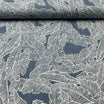

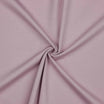
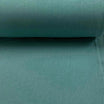
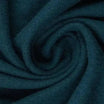
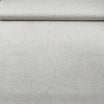
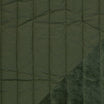
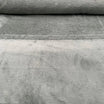
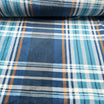
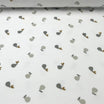
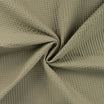


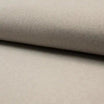




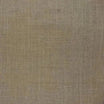
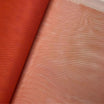
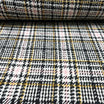
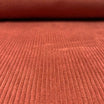
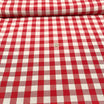


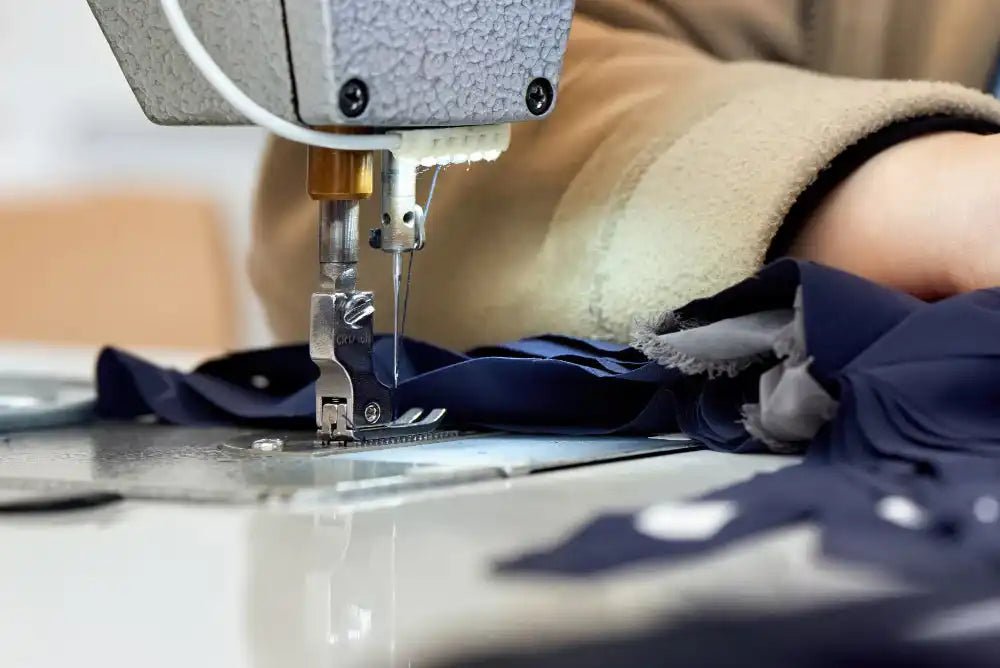
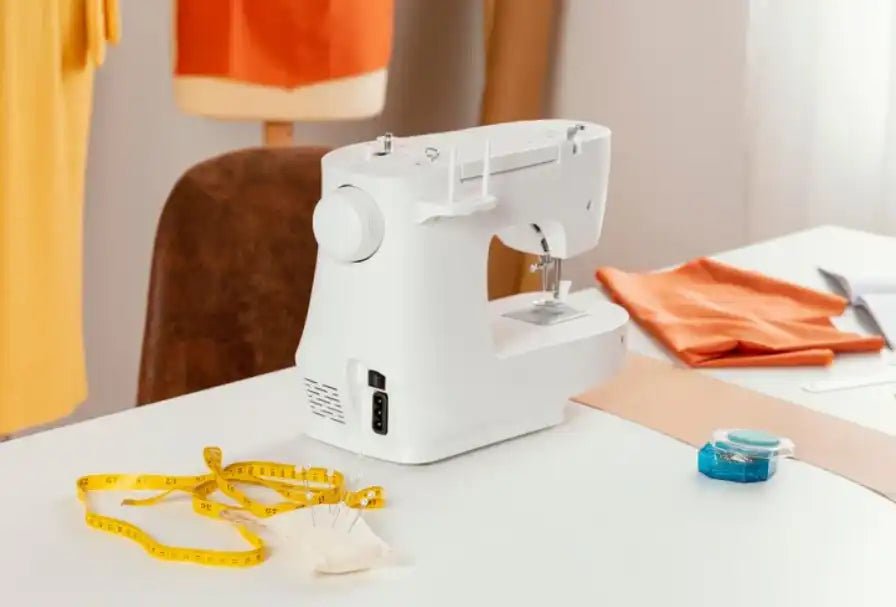
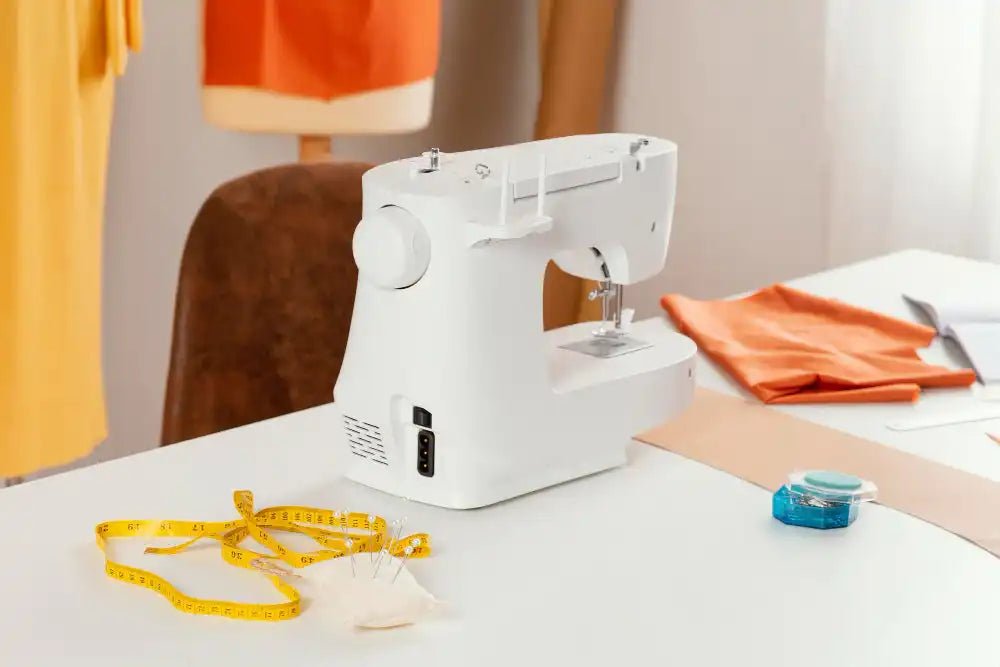
Leave a comment
All comments are moderated before being published.
This site is protected by hCaptcha and the hCaptcha Privacy Policy and Terms of Service apply.